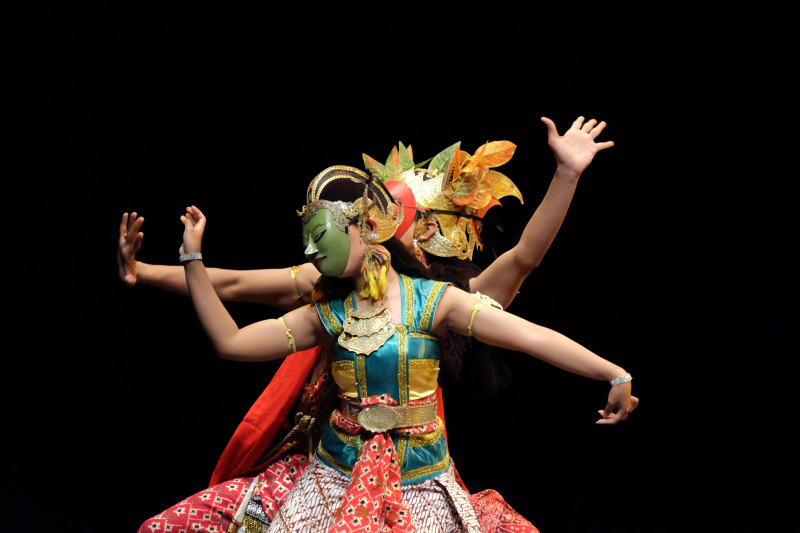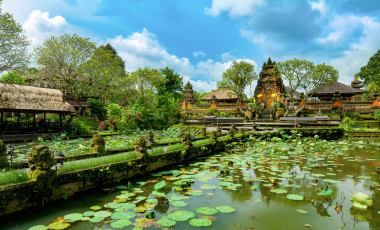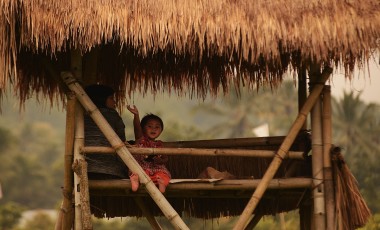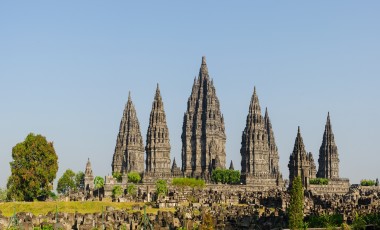Indonesia Luxury Tours and Vacations
Which of the 17,500 islands in the sun should you go to on your Indonesia holiday? Bali never gets old. Its beach resorts and spas combine modern amenities with cultural heritage. It has both lively restaurants and a calm spiritual scene. The Gili Islands nearby are exactly the kind of place the phrase “tropical paradise” was coined for. Further north, in the dreamy Raja Ampat archipelago you’ll find the richest variety of marine life and corals in the world.
When the choices are this staggering, it’s time to bring in the Enchanting Travels experts. Let them help you set up an island-hopping itinerary that perfectly matches your needs and expectations.
After a few days of relaxing and wellness treatments, perhaps you’d like to hop over to Central Java and visit Borobudur, the world’s largest Buddhist temple. In Kalimantan, within the tropical rainforests of Indonesian Borneo, the last of the world’s orangutans live. Visit these endangered primates in their natural habitat in specially organized tours into the wild.
Satays and snorkeling. Batiks and beachfront living. Baskets loaded with sumptuous tropical goodness. Pinisi boat rides and friendly local hosts. Book into pure bliss.
Popular Trips to Indonesia

Discover the essence of Sumatra as you explore its history, culture and food. Marvel at landmarks such as the Tjong A Fie Mansion, Maimoon Palace and the Grand Mosque at Medan before heading into the Bukit Lawang region. Savor the local cuisine on a guided tour and keep an eye out for wild orangutans in…

Embark on an enthralling journey through Java, Indonesian Borneo, and Bali to explore its culture, wildlife, and landscapes. Discover Yogyakarta’s historic temples, Borobudur and Prambanan on a personalized tour. Next, head to Tanjung Puting National Park to spot wild orangutans in a traditional riverboat. Admire your surroundings at Mount Bromo, a fabulous volcano, and savor…

Unwind and relax at some of the most stunning beaches at Bali and Flores in Indonesia on this 13-day tour. Ubud, the cultural heart of Bali, beckons with its temples and museums. At the charming mountain settlement of Munduk, discover cascading waterfalls, lush forests and verdant paddy fields. Experience the thrill of spotting a komodo…
Sorry, your search found no results.
Best Places To Visit
Best Time To Visit
The climate of Indonesia is unlike other Asian countries. Here is an overview from our destination experts about when to go to this country of 1000 islands.
Things To Do
Fiery volcanoes, magnificent temples and beautiful beaches – Indonesia is full of treasures. Follow this link to discover the top highlights, activities and attractions.
safety
Indonesia is considered a safe travel destination. Bali especially is extremely safe as a popular holiday destination. Here are some safety tips to ensure a stress-free vacation.
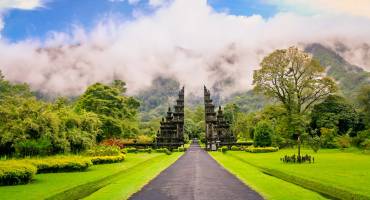
Indonesia Travel Guide
viewFrom the Blog
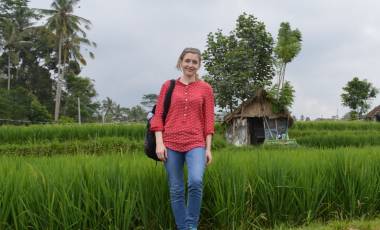
Discover more about Indonesia from our Travel Consultant, Kathrin Mayr, who shares her top Indonesia travel tips after experiencing the nooks and crannies of the wonderful island nation! Indonesia – the name alone conjures up images of an exotic paradise with powdery white beaches, smoldering volcanoes, mystical cultures and above all, adventure!
Sorry, your search found no results.



